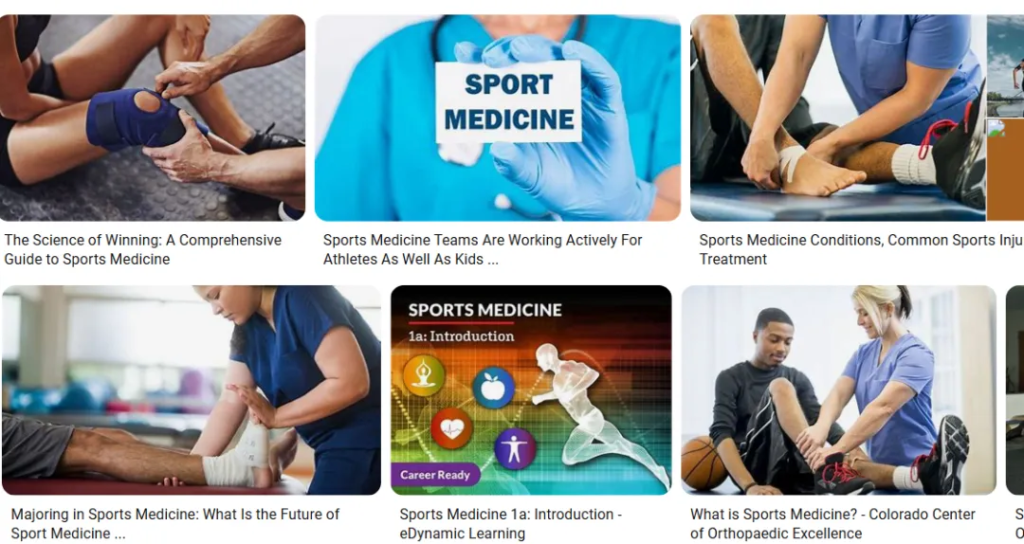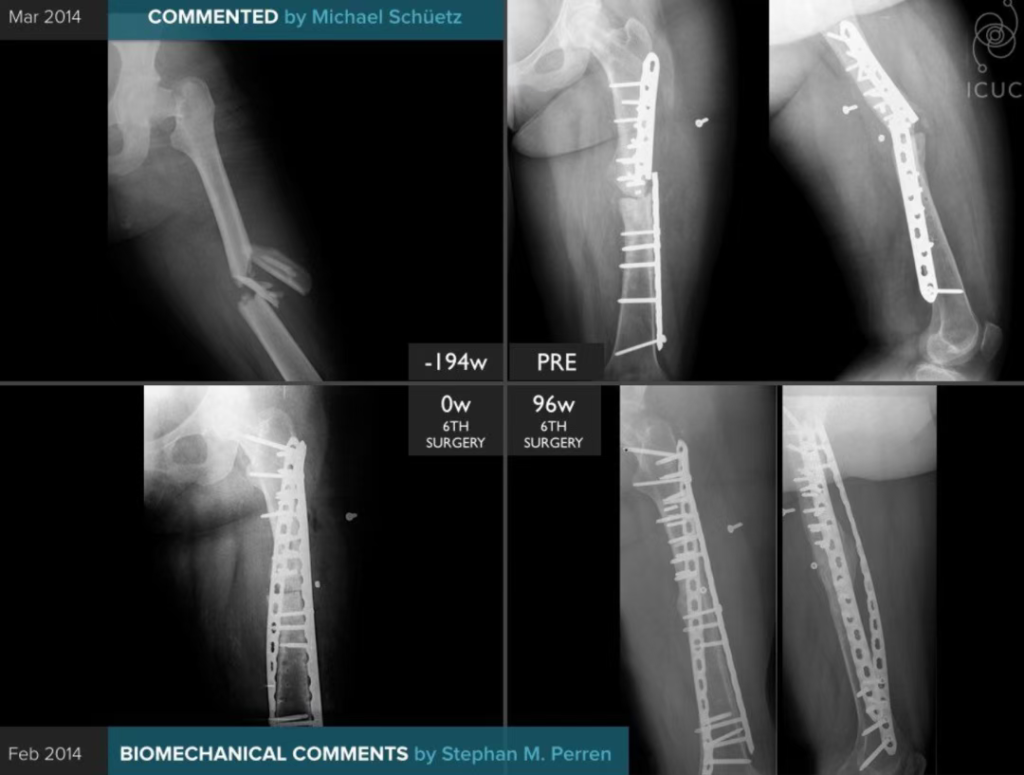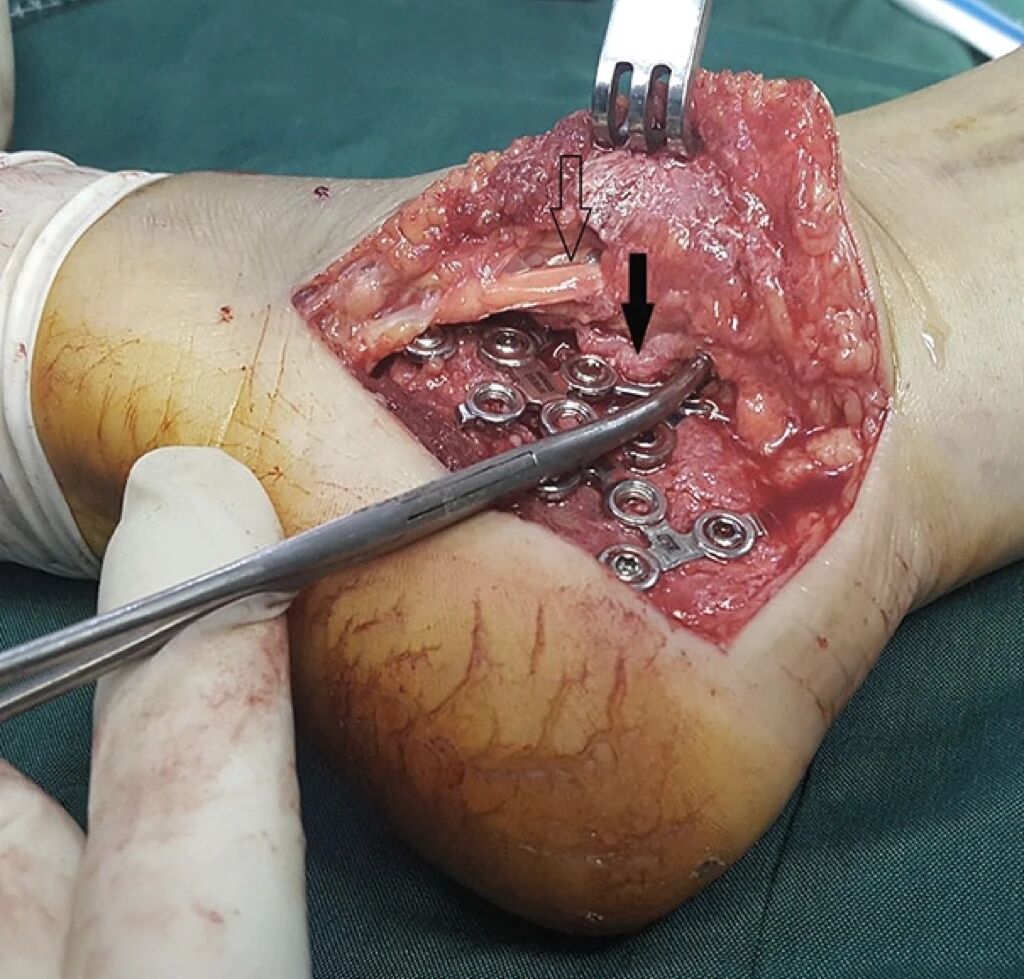The field of sports medicine has undergone remarkable advancements in the past six years, with groundbreaking studies shaping how we diagnose, treat, and rehabilitate athletes. From ACL reconstruction techniques to emerging biologic therapies, this article dissects the latest trends, highlights key findings, and explores future directions in sports injury management. Whether you’re a clinician, researcher, or athlete, this comprehensive overview will keep you ahead of the curve.

Anterior Cruciate Ligament (ACL) Reconstruction: Innovations and Insights
Graft Selection and Revision Rates
The choice of graft in ACL reconstruction remains a critical factor in determining success and reducing revision risks. Large-scale studies like the MOON database revealed a 2.1-fold higher revision rate for hamstring autografts compared to bone-patellar-tendon-bone (BPTB) grafts, particularly in younger athletes. Similarly, the New Zealand ACL Registry emphasized that while patellar tendon grafts reduce rupture risks, they increase the likelihood of contralateral ACL injuries. These findings underscore the importance of injury prevention and rehabilitation strategies in high-risk populations.
Lateral Augmentation Techniques
Recent research has spotlighted lateral extra-articular tenodesis (LET) and anterolateral ligament reconstruction (ALLR) as effective adjuncts to ACL reconstruction. The multicenter STABILITY trial demonstrated a clinically significant reduction in graft failure rates when LET augmentation was added to hamstring autografts (11% vs. 4%, p=0.004). Meta-analyses further confirmed LET and ALLR improve pivot shift outcomes, reduce failure rates, and enhance patient-reported outcomes. Notably, LET and ALLR techniques themselves showed no significant differences, emphasizing the value of lateral support rather than the specific method.
Emerging Techniques: BEAR Procedure
The Bridge-Enhanced ACL Repair (BEAR) procedure has gained traction as an alternative to traditional autografts. A 2-year RCT found the BEAR technique to be non-inferior in knee laxity and functional outcomes while offering better hamstring strength recovery. However, slightly higher reinjury rates highlight the need for further refinement.
Meniscus: Repair Techniques and Controversies
Augmentation Strategies
Meniscal repair outcomes have improved with bone marrow venting and PRP augmentation, although results remain mixed. A recent RCT demonstrated 100% healing rates with bone marrow venting compared to 76% without (p=0.0035). However, systematic reviews of PRP showed inconsistent benefits, with some studies indicating no significant improvement in healing rates and even potential complications.
Meniscal Allograft Transplantation (MAT)
Bone plug fixation in MAT has emerged as the superior technique, showing lower graft failure rates (6.2%) compared to suture-only (6.9%) or bone bridge fixation (9.3%). Long-term follow-ups (up to 15 years) validate MAT’s ability to improve function and survival rates, making it a viable option for patients with irreparable meniscal damage.
Degenerative Tears: Surgery vs. Physical Therapy
The ESCAPE trial, a landmark RCT, established physical therapy as a non-inferior alternative to arthroscopic partial meniscectomy (APM) for degenerative meniscal tears. While APM offered slightly better short-term relief, physical therapy delivered comparable long-term outcomes at a significantly lower cost (€2,881 vs. €3,645).
Patellofemoral Instability: Reconstruction and Rehabilitation
MPFL Reconstruction vs. Repair
For recurrent patellar instability, medial patellofemoral ligament (MPFL) reconstruction consistently outperforms repair. Studies show reconstruction results in lower recurrence rates (6.3% vs. 36.9%, p=0.01) and better functional outcomes. Predictive factors for repair failure, such as a higher Caton-Deschamps Index (CDI), further support reconstruction as the preferred approach.
Accelerated Rehabilitation Protocols
Post-MPFL reconstruction, rapid rehabilitation protocols have demonstrated improved early functional recovery without compromising stability. This challenges traditional conservative approaches, paving the way for faster return-to-sport timelines.
Advances in Cartilage and Joint Preservation
Microfracture Alternatives
Third-generation autologous chondrocyte implantation (ACI) has shown superior outcomes compared to microfracture techniques, with lower failure rates and better defect filling. Gel-based and multilayered scaffolds also outperform single-layer scaffolds, offering promising solutions for cartilage repair.
PRP for Knee Osteoarthritis
Meta-analyses consistently favor platelet-rich plasma (PRP) over hyaluronic acid (HA) injections for knee osteoarthritis (KOA), providing better short-to-mid-term pain relief and functional improvement. However, long-term benefits remain unclear, and PRP has not demonstrated superiority over placebo for ankle osteoarthritis.
Shoulder: Rotator Cuff and Instability Management
Rotator Cuff Repair
Double-row repair techniques reduce retear rates compared to single-row methods but offer similar functional outcomes. Meanwhile, subacromial balloon spacers for irreparable tears show promising short-term results, though long-term efficacy data are pending.
Bankart Repair vs. Latarjet Procedure
The Latarjet procedure consistently demonstrates lower recurrence rates than arthroscopic Bankart repair, particularly in long-term follow-ups. However, both techniques yield similar return-to-play rates, highlighting the importance of individualized treatment planning.
Future Directions in Sports Medicine
The next wave of sports medicine research is expected to focus on:
- Biologic therapies, including PRP and stem cell applications.
- Optimized rehabilitation protocols tailored to specific injuries.
- Opioid-sparing analgesia strategies to reduce dependency.
- Refining surgical techniques for enhanced outcomes and faster recovery.
Disclaimer:
This article and all articles on this website are for reference only by medical professionals; specific medical problems should be treated promptly. To ensure “originality” and improve delivery efficiency, some articles on this website are AI-generated and machine-translated, which may be inappropriate or even wrong. Please refer to the original English text or leave a message if necessary. Copyright belongs to the original author. If your rights are violated, please contact the backstage to delete them. If you have any questions, please leave a message through the backstage, or leave a message below this article. Thank you!
Like and share, your hands will be left with the fragrance!




